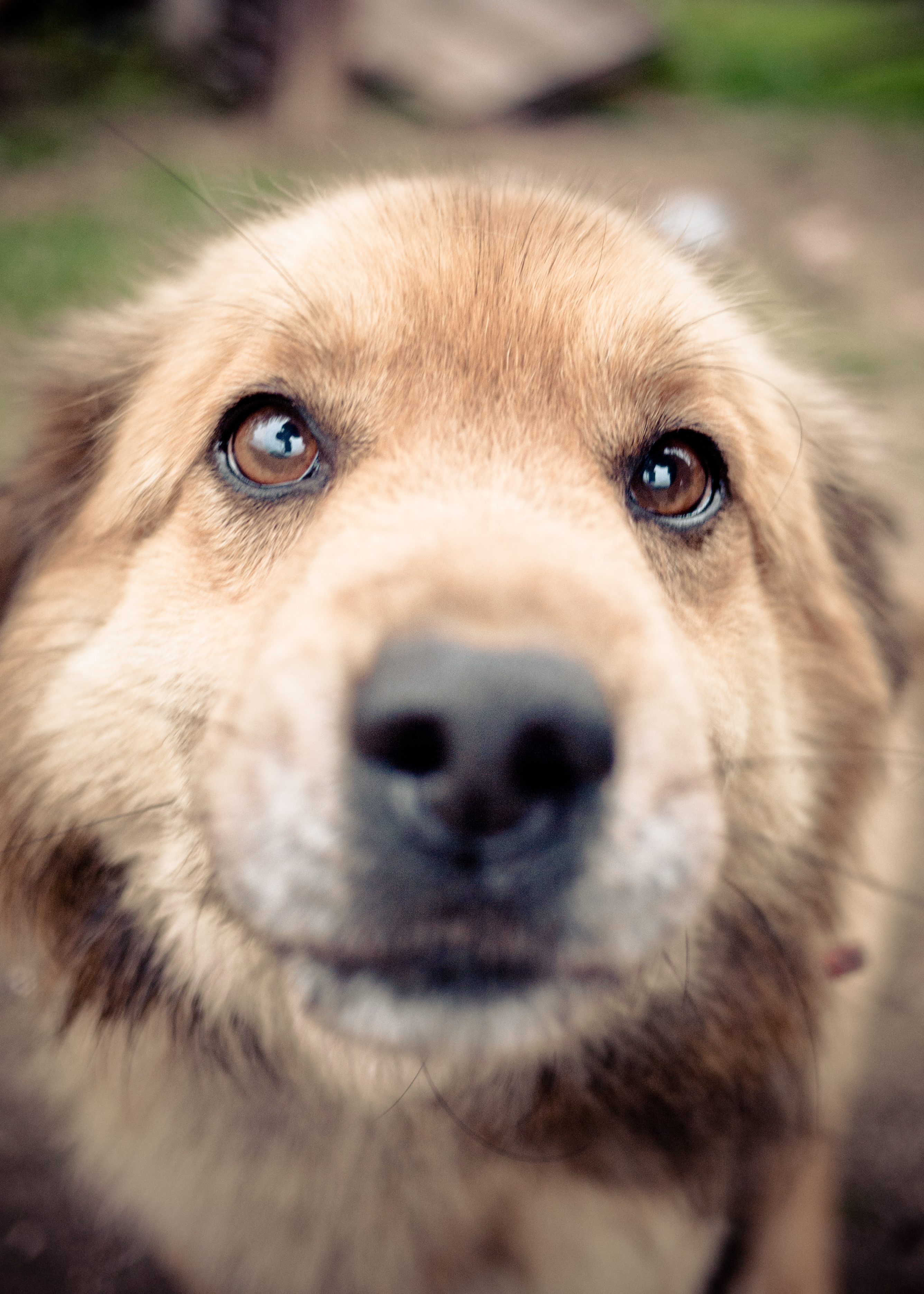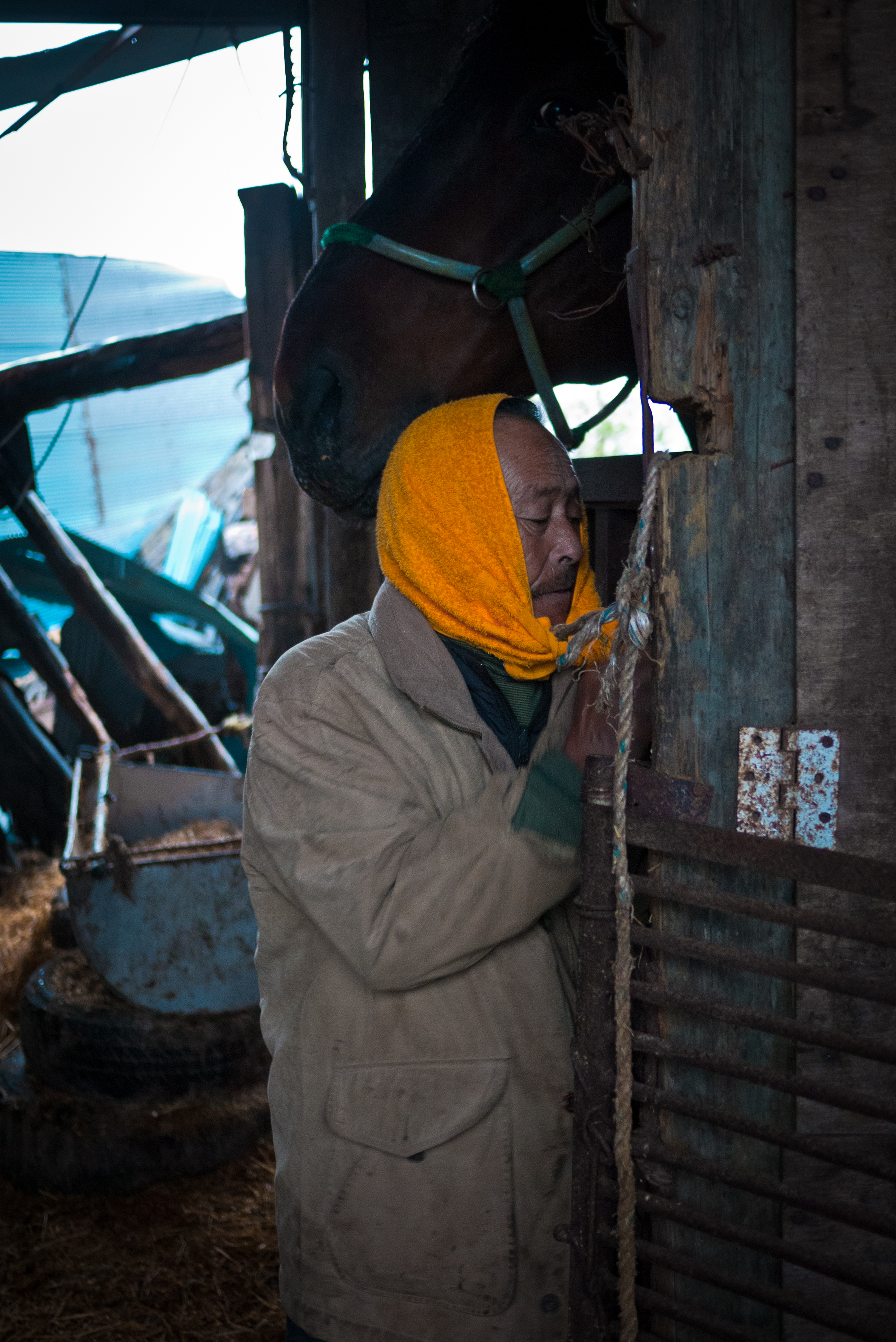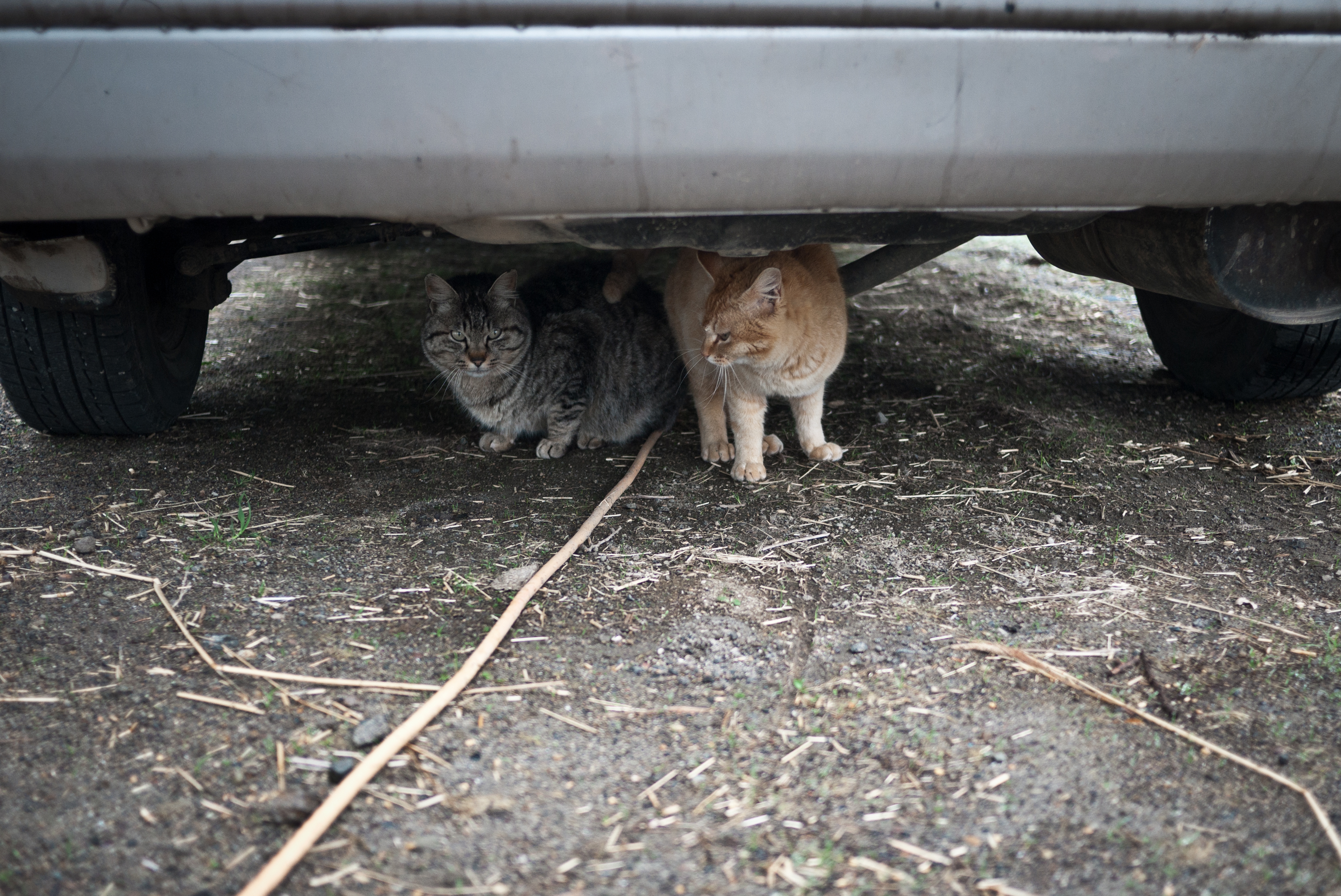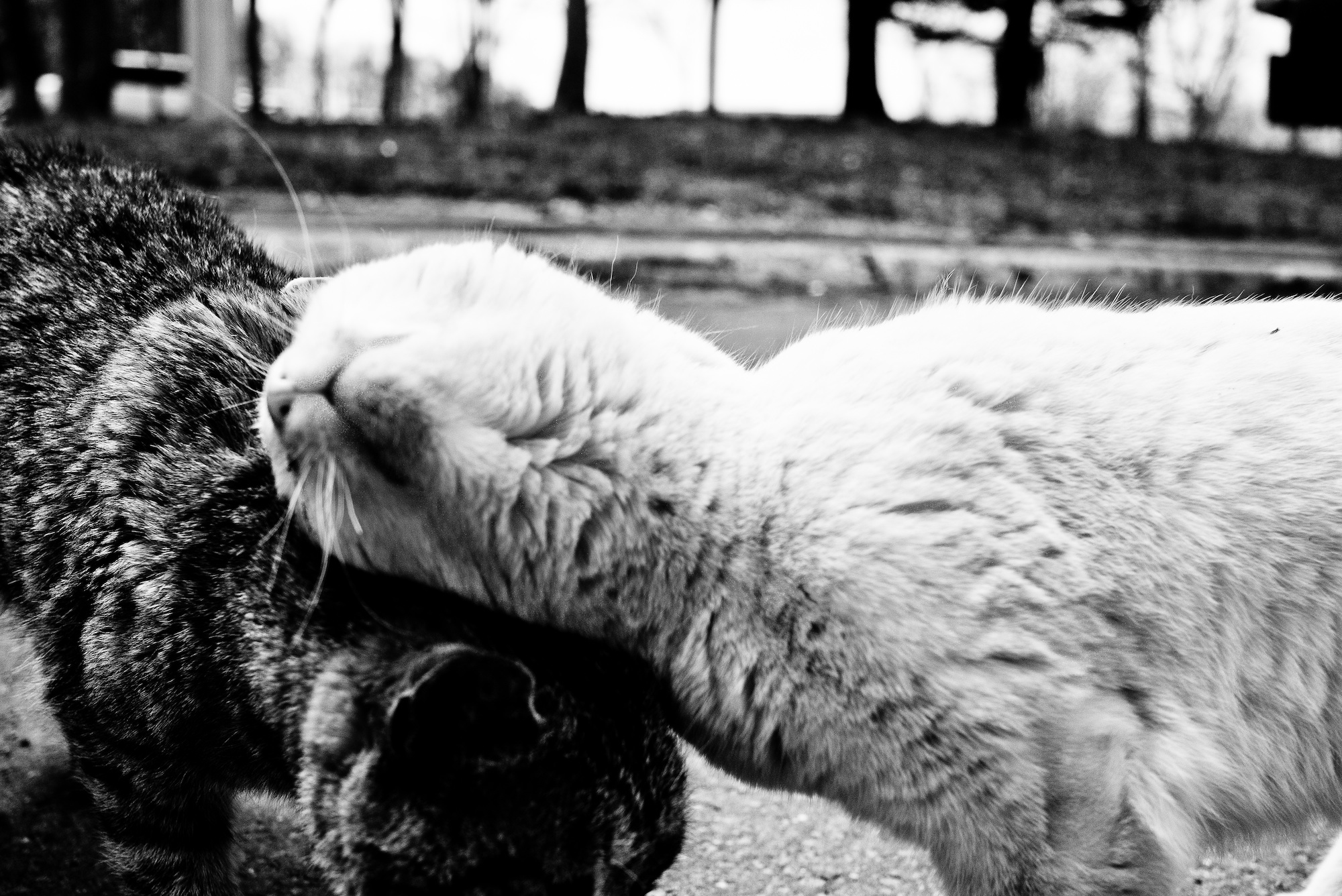KUSHIRO
Year 2012
The harsh landscapes of the northern island of Hokkaido are amongst Japan’s most uninhabitable. Its people endure long hard winters with a climate closer to that of Europe’s northern extremes than mainland Japan. Kushiro in the South East has less snow than other areas of the island but this only means that the deep winter temperatures become significantly colder than anywhere else. The climate also affects the temperament of it’s inhabitants who generally have more patience than their neighbours on the mainland, they understand the power of nature, constantly reminded of its extremes, even developing their own vocabulary to describe the cold. The Japanese history of the island is still young however, the first settlers came here in 1869, pioneers from all across Japan adopting influences from Russia and the native Ainu people as they struggled to make a life in this new environment.
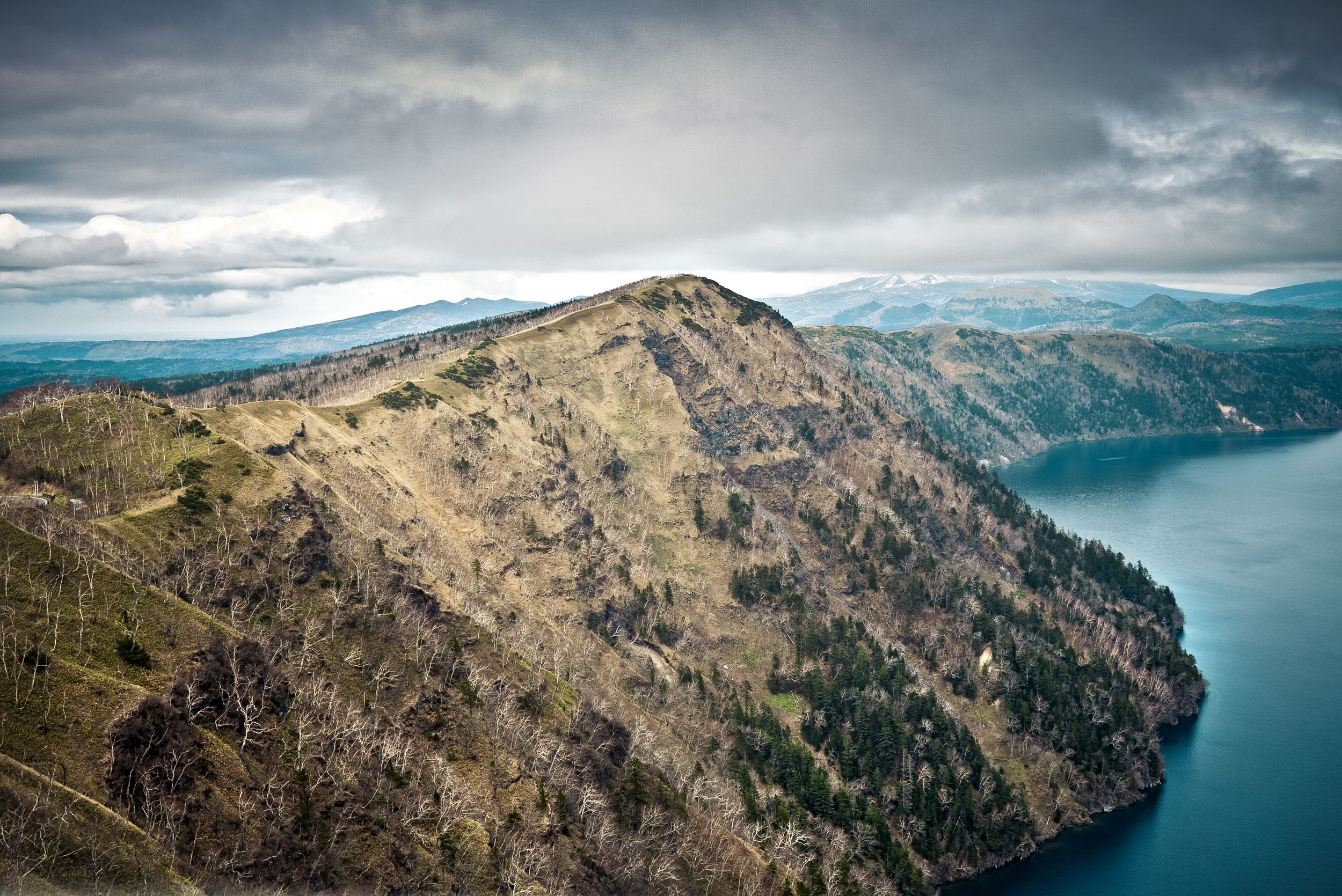
The Tanaka family have been breeding working horses (Ban’ei as they’re known in Japan) for 71 years on their farm in Tsurui, a remote area just outside Kushiro. Tanaka-san’s father, a first generation migrant from Hyogo started farming after their family restaurant was destroyed by fire, back then they had buffalo, sheep, goats, turkeys and even ducks. Now 79 he still works the long ten hour days together with his wife required to manage the 28 horses they currently have along with a stable of cattle.

The origins of these Ban’ei are in European working horse stock that have adapted well to the harsh climate over the years. In the winter two coats of fur keep them warm, they survive by eating snow and digging around for roots and plants. The horses are occasionally used for meat but mainly for the once lucrative sport of Ban’ei Keiba, a type of racing specific to Hokkaido where the horse pulls a very heavy load over an undulating 200 meter course, the pace so slow that spectators can walk alongside as the race takes place, even in the midst of winter.

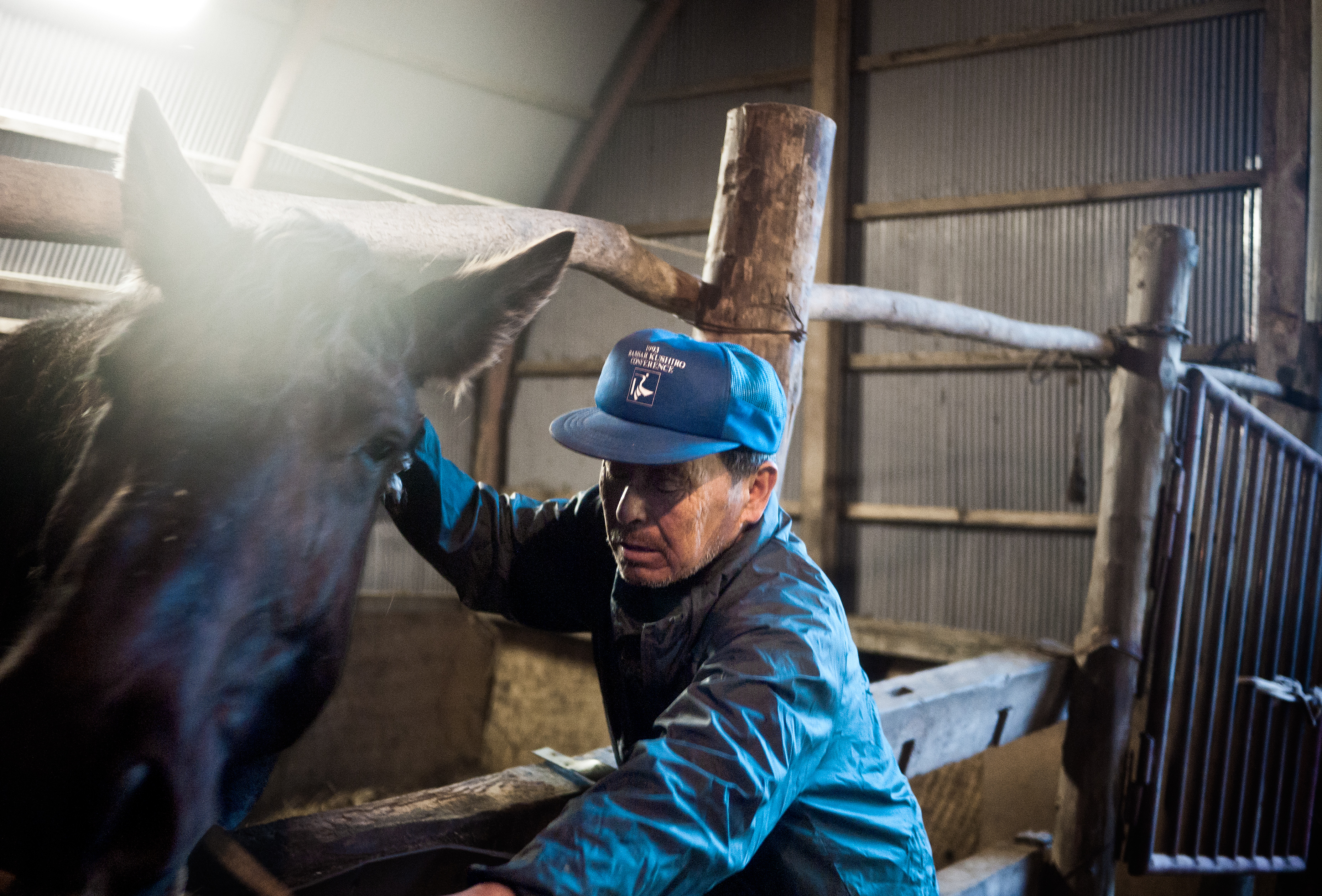

Due to a variety of factors the sport is now slowly dying, where there were once racecourses spread across the island, only one now remains, Obihiro in the capital of Sapporo. It’s an expensive sport to take part in with little reward so these days only rich people race what was once a farmers pastime, originating from a tug of war between horses to test their quality and strength which over time developed into racing between farmers, something Tanaka-san was involved in almost 40 years ago.
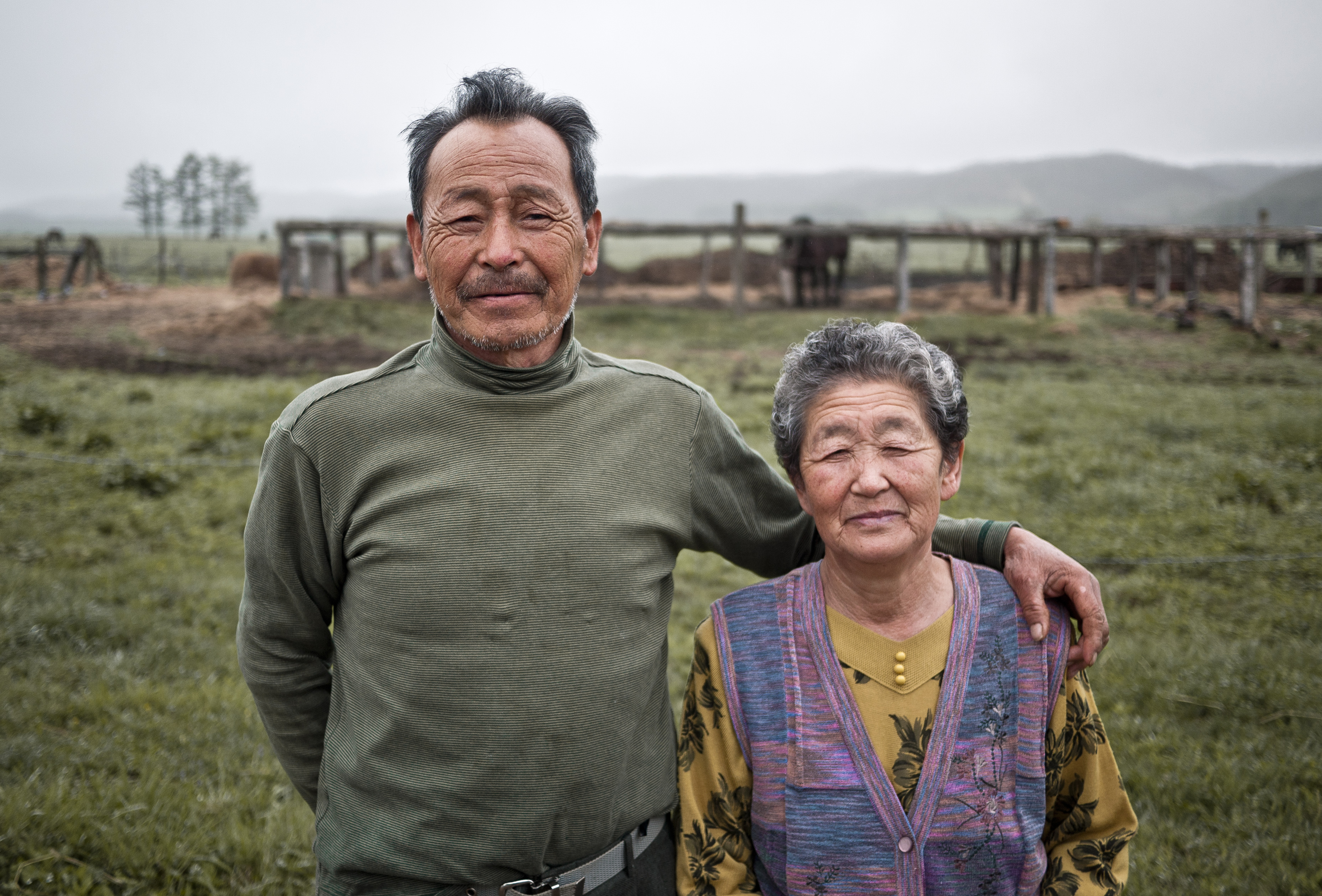
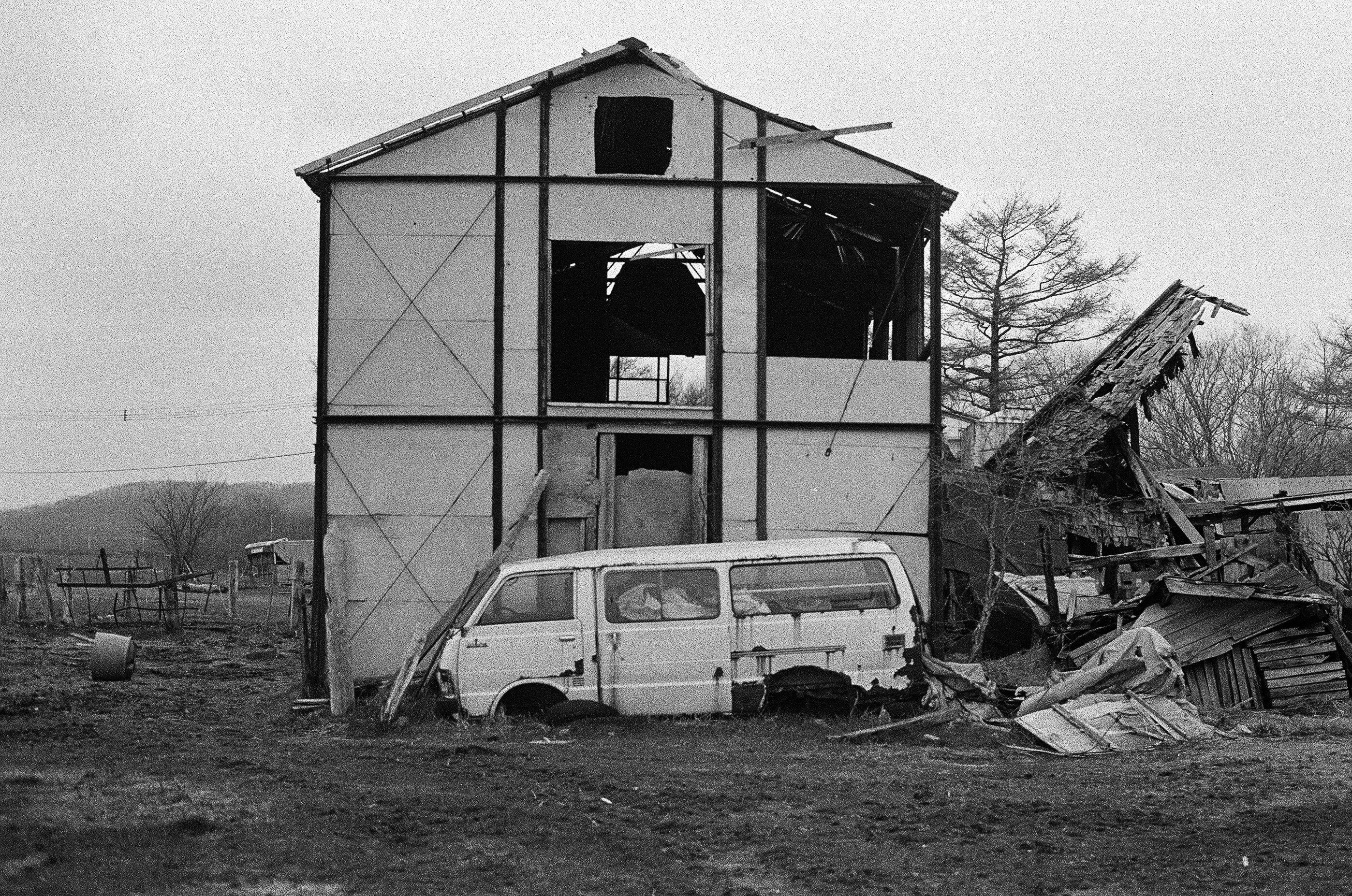
Although the farm may appear run down it still functions, and contrary to what many would think without an understanding of the complete story, Tanaka-san regards himself a success. Having paid off all debts accumulated by his father, the farm is his and he’s doing exactly what he wants with his life, its hard, but he’s doing what he loves.

